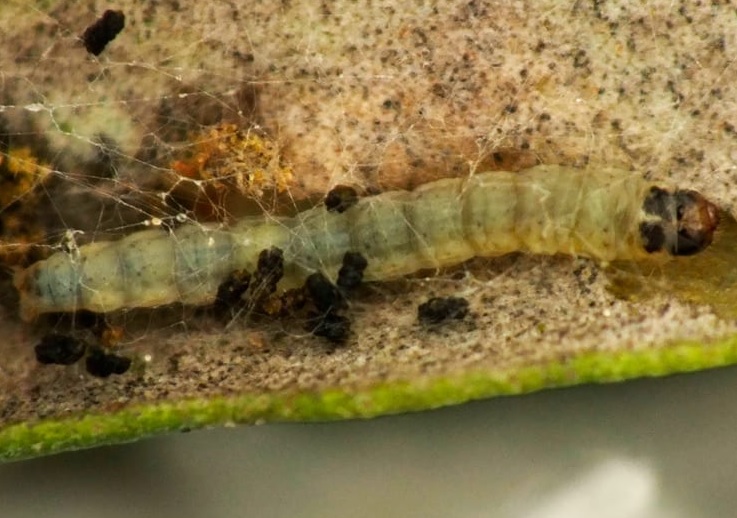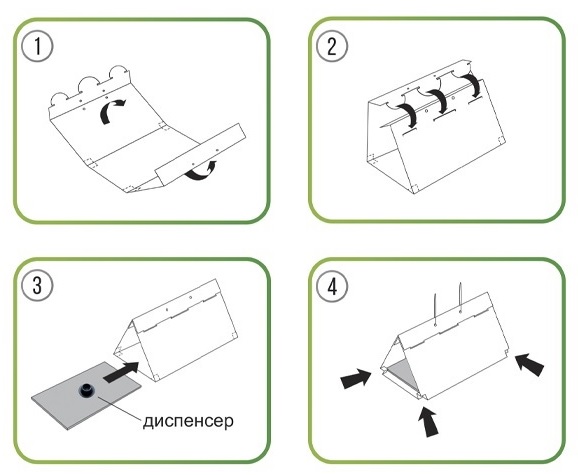Catalogue of traps and pheromones
Download traps and pheromones list

Download document
1.02 mb
It has three annual generations, the Phyllophagous (feeds on leaves and buds), Antophagous (prays larvae feed on the flowers of the olive tree) and Carpophagous (feed on the seed or almond of the olive).

The prays is one of the most relevant and harmful olive groves . During the Carpophagous generation, can cause significant crop damage.


Prays oleae (olive moth) it is found in Southern Europe (the Mediterranean region) and North Africa.
The larvae are a pest on Olea europaea. Other recorded food plants include Phillyrea, jasmine and Ligustrum. They mine the leaves of their host plant. The mine initially consists of an upper-surface, short, narrow corridor. Later, in early spring, it may abandon this mine and create an irregular full depth blotch elsewhere on the leaf, or it may continue the corridor into a blotch. Most frass is ejected through a hole in the mine. Part of this frass is captured in spinning at the leaf underside.
The adults that appear from May to June lay their eggs in small fruits, mainly in the calyx. When the larvae are born, they perforate the fruit directly and enter inside the olive before the stone hardens.


They feed on the seed until mid-September when they exit the olive. Then, they pupate in the ground up to the end of October. The new adults lay the eggs on the leaves (October), beginning the phyllophagous generation again.
SYNONYM:
Oecophora adspersella
Oecophora moschettinella
Prays oleella
Prays oleellus
Tinea accessella
Tinea olivella
Proper use of Pheromone Traps:
The pheromone trap is designed to monitor and reduce pest numbers. In order to determine the population density of pest insects and to identify pest outbreaks (monitoring), it is recommended to use 1 trap per 1 ha.
The trap should be placed in the crown of the tree at a height of 1.5-2 m. Prior to the first flight of the butterflies, the traps must be checked on a daily basis, and after the first butterflies have been captured, the traps must be checked every 5-7 days. Pheromone dispensers and adhesive tapes can be replaced as needed. Protective measures are based on the results of the monitoring of population density of pest insects.
Trap placement:
For mass capture and sterilization of males, it is recommended to have more than 20 traps per hectare. In case of a large number of pest insects use 30 traps per 1 ha.


Download traps and pheromones list

1.02 mb
Review our catalogue of pheromons and semiochemicals by chemical name

525.1 kb